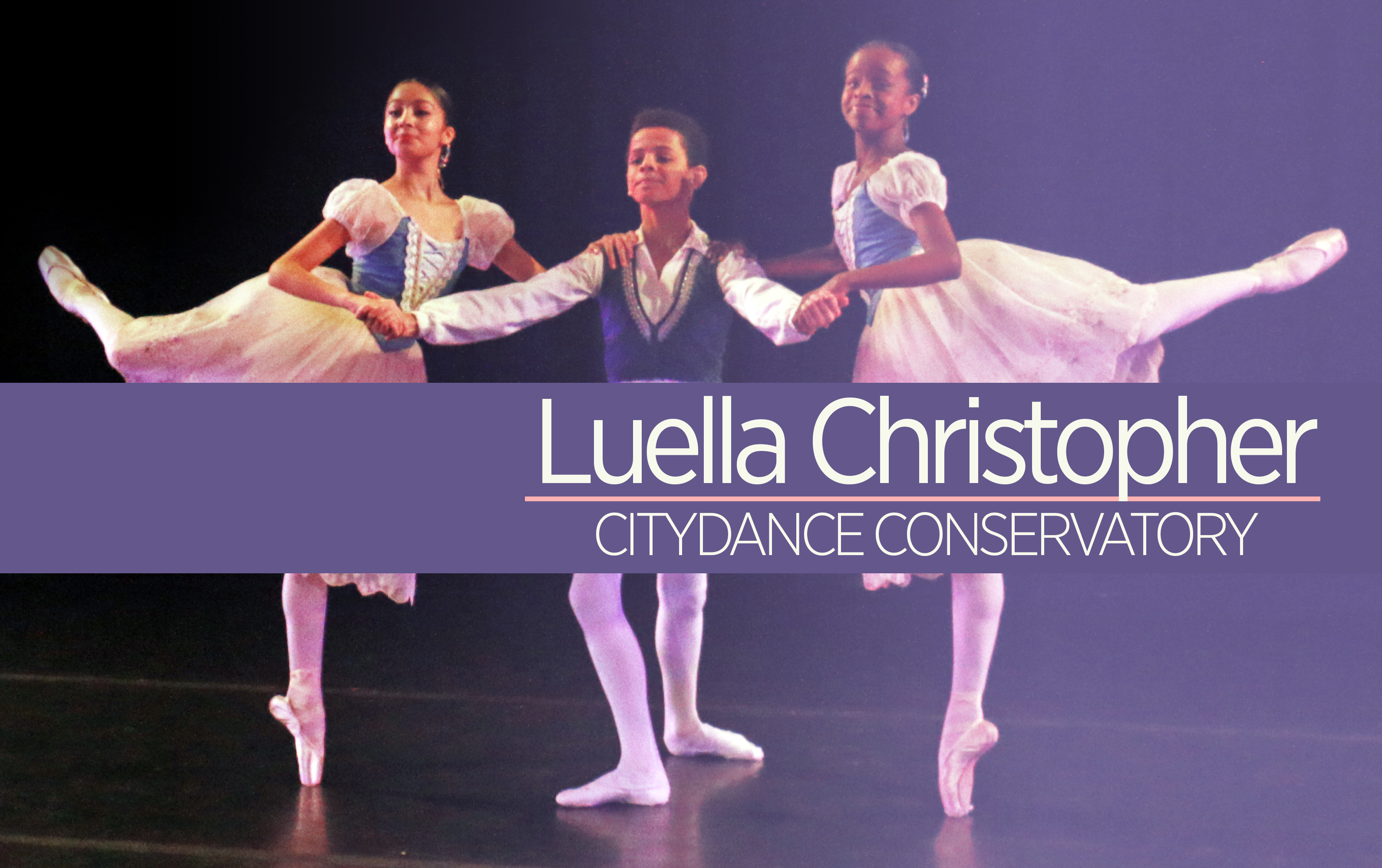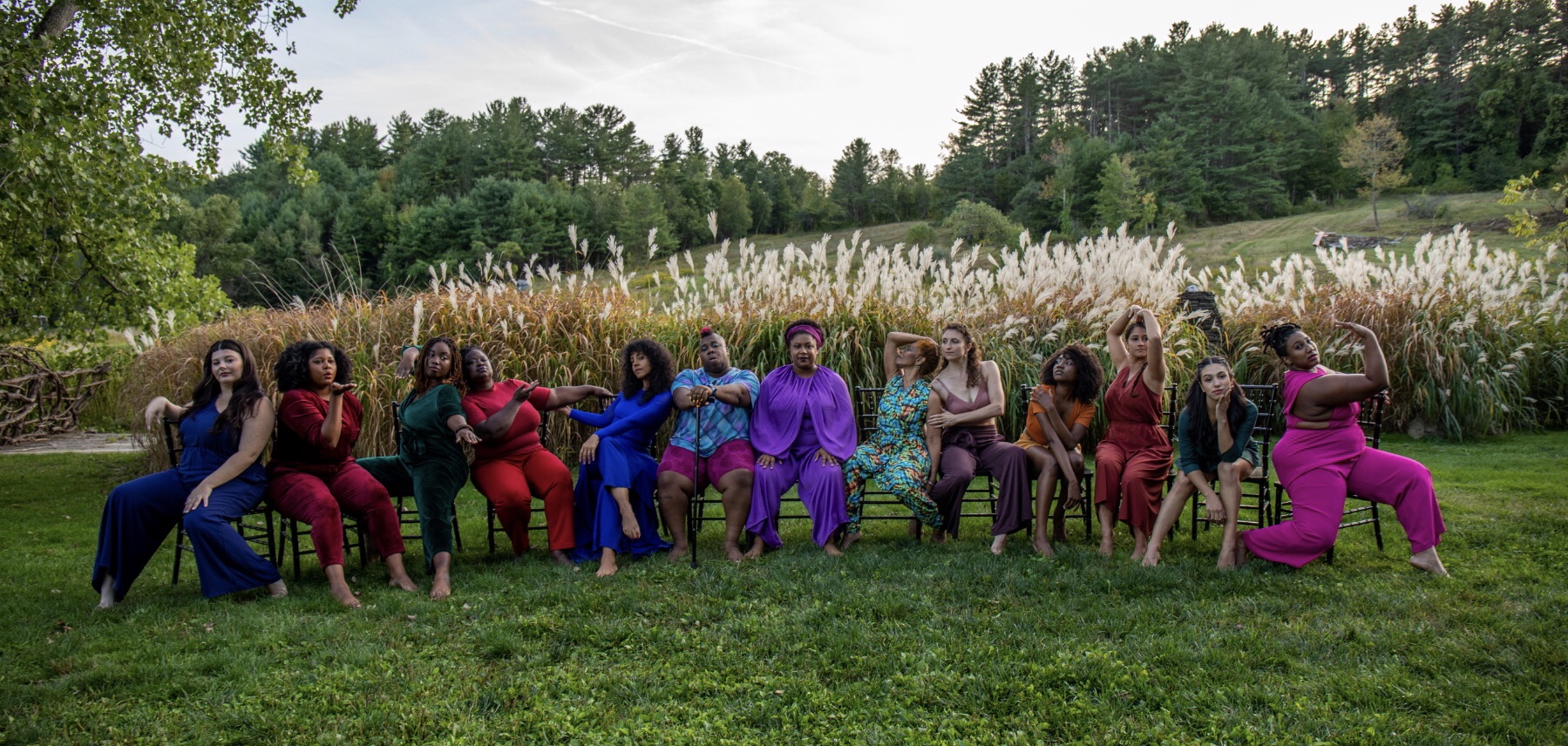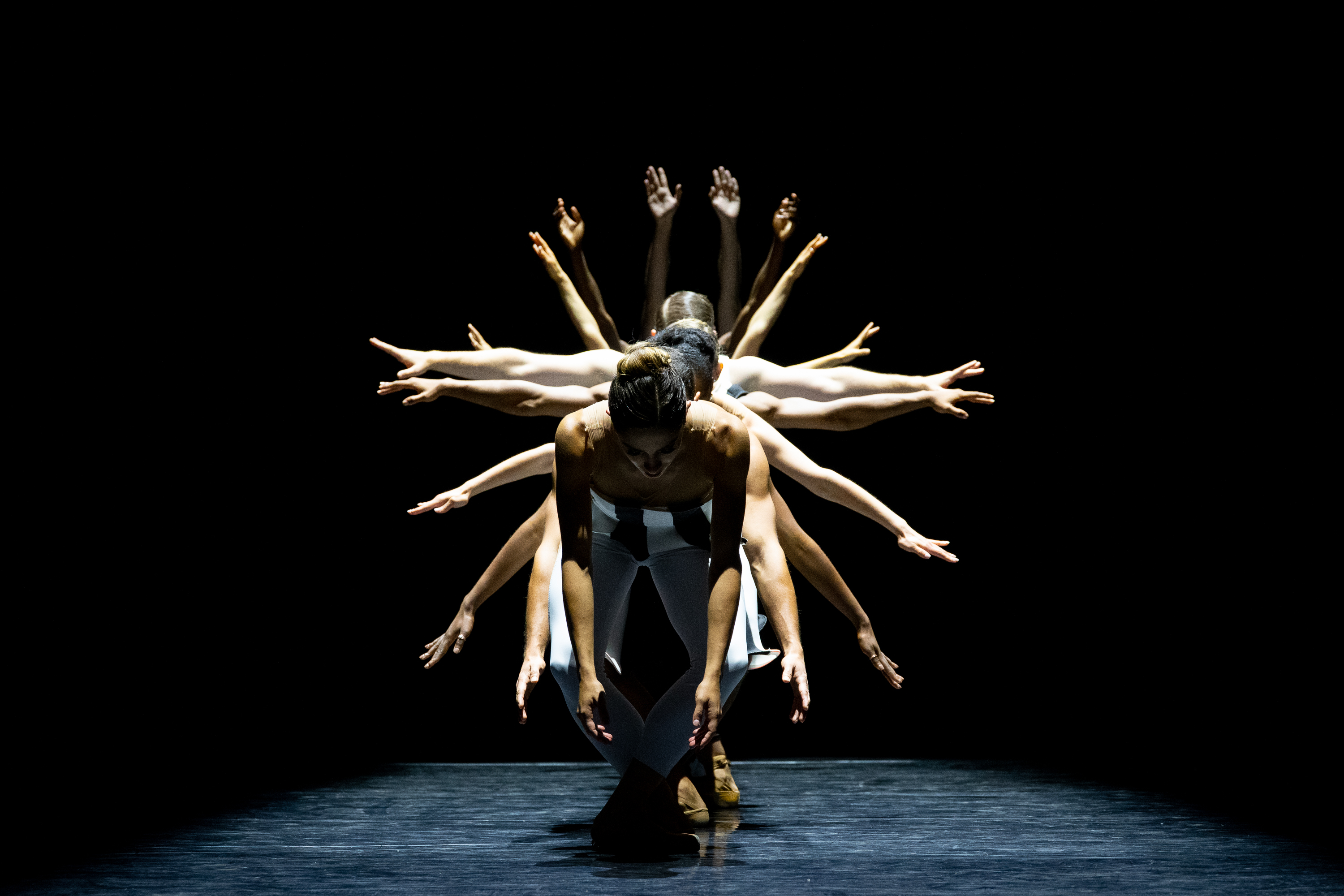CREATING THE MAGIC
CITYDANCE CONSERVATORY
The Music Center at Strathmore
North Bethesda, Maryland
December 8, 2019
BY LUELLA CHRISTOPHER, Ph.D.
A theater-goer might well ponder whether he or she has just gazed upon a company of young professionals at the conclusion of Sunday’s matinee performance on December 8th by CityDance School and Conservatory. Most of the dancers are in their tweens and teens. Lorraine Spiegler, former instructor of modern dance at The Washington School of Ballet, has structured a dance education program at Strathmore around myriad genres of dance – classical ballet, modern/contemporary, jazz and hip-hop, even world, ethnic and particular nation-derived, all with consummate originality, finesse and distinction.
Spiegler’s contribution to the Washington, D.C. region’s achievement of a prominent place in the dance world is revelatory. She continues to nurture young dancers who have enrolled in the Juilliard School of Music and other top dance schools as well as embraced related pursuits in academia. Other students from CityDance School and Conservatory have garnered awards and scholarships to summer programs operated by New York City Ballet’s School of American Ballet and American Ballet Theatre.
Spiegler wastes no time in the December afternoon offerings before delving into some of the most challenging sequences to be found in the lexicon of classical ballet: Tschaikovsky’s “Swan Lake” and “Sleeping Beauty”, plus Minkus’ “La Bayadere” and “Don Quixote”. The Pas de Trois from “Swan Lake” is danced capably by Corbin Holloway, Ella Berton and Makenzie Hymes. Whistle-clean, musically precise piqué turns by the girls presage a dazzling series of pirouettes by Holloway as his working leg then spirals down the standing leg from knee to ankle and quietly to a full stop.

Finale of the pirouette combination is expertly modulated in the vein of another dancer seen by this writer decades ago, the late Fernando Bujones. Young Holloway confirmed after the performance that Bujones, undoubtedly viewed on film in his early prime, is indeed one of his heroes. This remembrance was echoed by CityDance School and Conservatory ballet master Stanislav Issaev, with whom I absorbed the performance from the vantage point of adjacent seats in the front row of one of Strathmore’s studio theaters. I then benefitted from hearing about his staging of many of the works in the program.
At the end of the first half, young Holloway replicates his impeccable placement and timing in “Swan Lake” with a chain of airborne turning leaps in the “Don Q” variation. Each separate grand jeté en tournant, instead of positioning both legs in very straight extensions, includes a ⚞ fiendishly difficult bent back leg at the apex of the turning leap. Again, it’s something one more readily would expect of a seasoned dancer in his thirties or forties like Mikhael Baryshnikov. This is superlative technique, beautifully staged by Issaev after Marius Petipa and rendered all the more impressive by tween Holloway.
“Gamzatti Variation from La Bayadere” also delivers a shower of grand jetés and other athletic ballet flourishes, this time by MacKenzie Davis, an older (teenaged) female dancer costumed in fiery orange. ”Blue Bird Variation from Sleeping Beauty” (Tschaikovsky) represents a fourth classical ballet piece, danced serenely by Ela Sevillia.
 Sandwiched in between the classical ballet offerings are two numbers. “Voice” – set to music by G.F. Handel with choreography by Spiegler – serves as a vehicle for Eric Poor. He’s a hyper-extended tween attired in blue who executes a stunning grand battement écart or two that he quickly transitions to floor-bound splits.
Sandwiched in between the classical ballet offerings are two numbers. “Voice” – set to music by G.F. Handel with choreography by Spiegler – serves as a vehicle for Eric Poor. He’s a hyper-extended tween attired in blue who executes a stunning grand battement écart or two that he quickly transitions to floor-bound splits.
The second number, “L’echo des petites cloches”, is set to music by Armand Amar. It constitutes the first offering of the afternoon by choreographer Robert Priore and features a large ensemble of dancers.
Spiegler spoke during the pause, after which a set of more modern/contemporary pieces ensues – many with ethnic and cultural origins possibly unfamiliar to many ballet audiences. The most ambitious and satisfying piece from the standpoint of choreographic innovation is Priore’s “We Cannot Be Silenced (Excerpt and Work in Progress)”.
Distinguished by gestures and body swirls, the Priore opus (so referenced due to its extreme musicality) utilizes heads on the dancers’ bodies to cast abrupt sideways glances in a virtual imitation of charging bulls. Priore then shifts the lighting to bright orange-red in midstream, demarcating a still more vibrant surge of physical energy. Throughout this portion, the dancers clap hands along with the Latin-language vocal score while bodies chug and swoop. Yet the work remains just as balletic – depicted in Issaev’s photo of a flawlessly balanced arabesque – as it is athletic. It’s a skillful, convincing fusion of dance genres and musical styles whereas others in the field have fallen short. 
Priore’s “The Nightmare We Live In”, to music by Emptyset, tests fewer boundaries
than his anticipatory newer work. Also for large ensemble, grand battements écart morphing to floor-bound splits variously recall a combination employed in Spiegler’s “Voice”.
While executed with enormous strength – in this instance by more than one young boy – the embellishments in “Nightmare” feel too derivative, notwithstanding hands and arms thrust dramatically overhead at the end of these combinations. Indeed, they are diluted by frequent overextensions of the leading foot in grand jetés and battements such as one might witness in a gymnastic setting. Yet the piece imparts a slithering ambiance that borders on annoyance rather than enlightenment. Is it possible to be old-fashioned about an unfamiliar genre and desire an understanding of it? Obscurity is perhaps what the choreographer intended.
“He Is…”, to music by Rosalia, represents the third piece of the afternoon choreographed by Priore. It’s a solo performed in all-black attire by Robert Neisser. While older than the other boys showcased in CityDance’s second-half compendium of modern/contemporary pieces, the dancer’s technical prowess (especially the athletic component) is less proficient. At this point, I’m wondering how to differentiate between Cuban, Brazilian and other cultures as well as the languages in all the vocal scores with apparent Latin roots. I’d like to know more. Program notes explaining the musical choices with fuller explanations would be helpful.
Ultimately, the remainder of the December 8th matinee manifests some tedium. It may be just “too much of a good thing”, as for example, the presentation of three additional pieces by choreographer Priore (a total of six for him during the afternoon). Both Ronen Koresh’s “Heat” and Spiegler’s “Ember” become somewhat lost in the process.
“Heat”, the Koresh piece with staging by Joe Cotler, nonetheless deserves special mention for its predominantly synchronous ensemble movement. The genre is modern/contemporary, perhaps even martial arts or a blending of these and other unidentified traditions. Unfortunately, CityDance asks the audience to digest a bit too much from such a wide range of sources and styles instead of inviting it to savor a smaller sample of the repertory’s brightest gems. The issue is one of presenting every conceivable work to show the extent of its educational offerings versus achieving a virtually professional effect – a balance admittedly difficult to achieve. Despite the effort to err on the side of inclusiveness in casting (reaching out to families of the dancers), the more selective approach seems ultimately preferable.
Having lauded Spiegler for the technical refinement exhibited by her young dancers and diversity of genres, it is ironic to suggest that future mappers of CityDance School and Conservatory performances modify the “global” approach to programming. To Spiegler’s credit, pacing in the concert did prove brisk as offerings moved along with barely a minute or two between them. Each one of her pieces, as well as those of choreographer-in-residence Priore, remains boldly conceptualized and crafted as well as masterfully executed.
Photos by Stanislav Issaev
© 2020 by Luella Christopher




